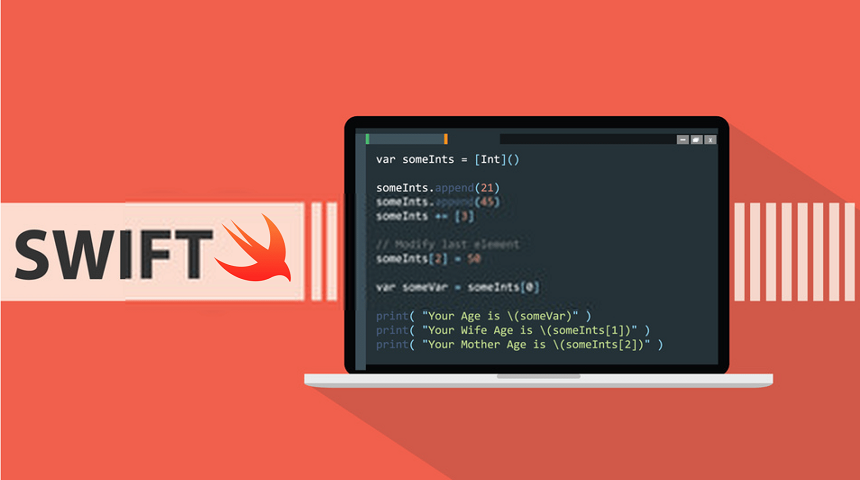
Free eBooks for Beginners
Welcome to the world of SWIFT programming! In this article, we will be discussing variables and properties, two important concepts in the world of SWIFT programming. Whether you’re new to programming or just new to SWIFT, this guide will give you a solid foundation to start building your own apps.
Variables
A variable is a way to store a value in your code. You can think of a variable like a container, and the value you store in that container is the content. In SWIFT, you can use variables to store a wide range of information, from simple numbers to complex data structures.
To create a variable in SWIFT, you start by declaring its type, which tells the compiler what kind of data it will contain. For example, if you want to store an integer (a whole number), you would declare the variable as an “Int” like this:
var myNumber: Int = 42In this example, “var” is a keyword that tells SWIFT you’re creating a variable, “myNumber” is the name of the variable, “: Int” is the type of data it will contain (an integer), and “= 42” sets the initial value of the variable.
Properties
Properties are similar to variables, but with a few key differences. Properties are used to store values as part of a larger data structure, such as a class or struct. Properties can also have additional rules and restrictions placed on them, such as read-only or write-only, to control how they can be accessed and changed.
For example, let’s say you want to create a class to represent a person, and you want to store their name and age as properties. In SWIFT, you would do something like this:
class Person { var name: String var age: Int
init(name: String, age: Int) {
self.name = name
self.age = age
}
}In this example, “class Person” declares a new class, “name” and “age” are properties of that class, and the “init” function is used to set the initial values for those properties when an instance of the class is created.
Conclusion
Variables and properties are two important building blocks in the world of SWIFT programming. By understanding how to use these concepts, you’ll be well on your way to creating complex and sophisticated apps. Whether you’re just getting started with SWIFT or you’re looking to take your skills to the next level, mastering variables and properties is a great place to start.
Cookbook – SWIFT for Beginners – Chapter 02 : Variables & Properties
 Loading...
Loading...
Disclaimer: The information and code presented within this recipe/tutorial is only for educational and coaching purposes for beginners and developers. Anyone can practice and apply the recipe/tutorial presented here, but the reader is taking full responsibility for his/her actions. The author (content curator) of this recipe (code / program) has made every effort to ensure the accuracy of the information was correct at time of publication. The author (content curator) does not assume and hereby disclaims any liability to any party for any loss, damage, or disruption caused by errors or omissions, whether such errors or omissions result from accident, negligence, or any other cause. The information presented here could also be found in public knowledge domains.